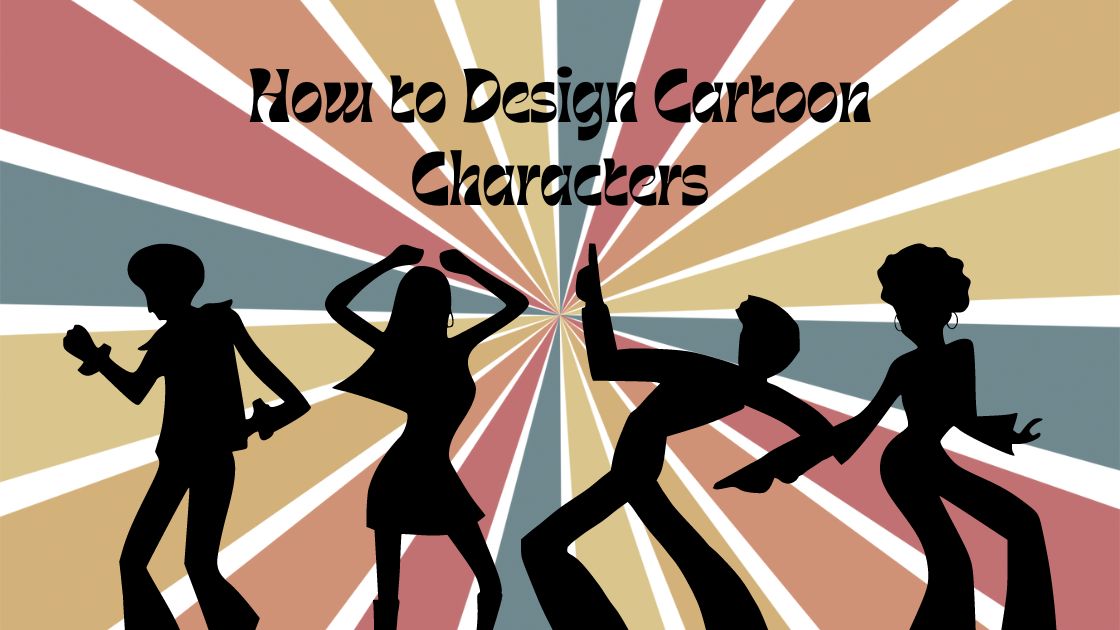Welcome to our guide on how to design cartoon characters! In this concise discussion, we’ll explore three key tips that are essential for crafting captivating and memorable characters. Whether you’re a novice or a seasoned artist, understanding these fundamentals is crucial for creating characters that resonate with audiences. Join us as we delve into the art of designing cartoon characters and uncover the secrets to bringing your imaginative creations to life.
Contents
Coming up with a Design
1. Gain Inspiration from Existing Characters
Begin by immersing yourself in the world of cartoon character design. Study characters you admire, noting defining features, color schemes, and artistic styles. Analyze how characters convey emotions and actions in different contexts, such as comic books or animations.
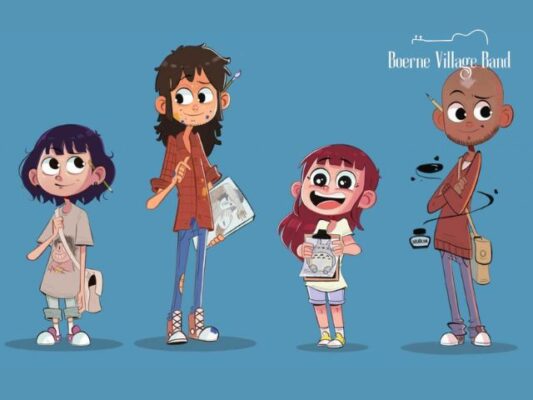
2. Define Character Traits and Interests
Brainstorm a list of hobbies, interests, and personality traits you want your character to embody. Consider how these characteristics will shape the character’s appearance and behavior. For example, a football-loving jokester will have a different look than a poetry-reading classical music enthusiast.
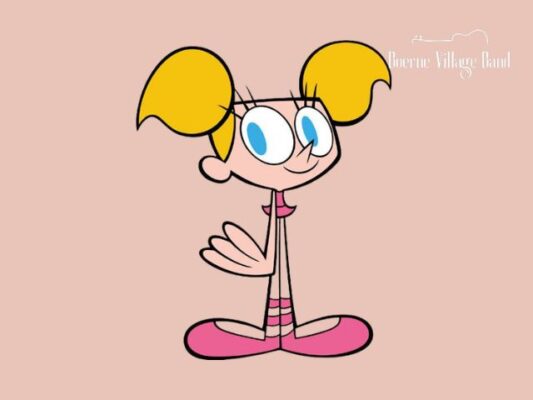
3. Exaggerate Key Features
Choose specific details to exaggerate that reflect the character’s personality traits. Think about how these features can visually convey aspects of the character’s personality without explicitly stating them. Cartoon characters thrive on exaggeration, with dramatic and larger-than-life traits defining their appearance.
4. Incorporate Distinctive Details
Select unique features and details that set your character apart from others. Consider using specific tropes or features to define your cartoon style, ensuring immediate recognition. Whether it’s a distinctive scar or a favorite childhood item, these details add depth and individuality to your character.
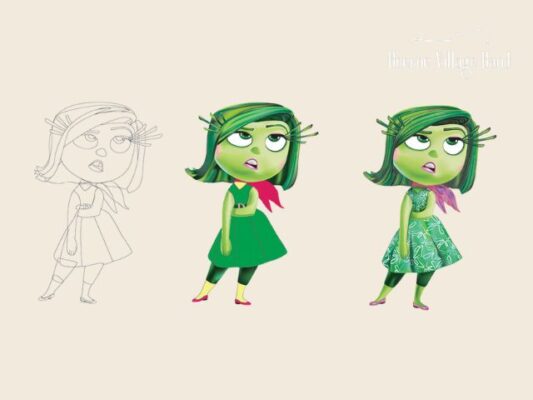
5. Utilize Colors to Communicate Personality
Select colors that reflect the character’s personality traits and moods. Darker tones convey moodiness or villainy, while bright hues evoke happiness and warmth. Experiment with skin tones and color variations to accentuate the character’s emotions and temperament.
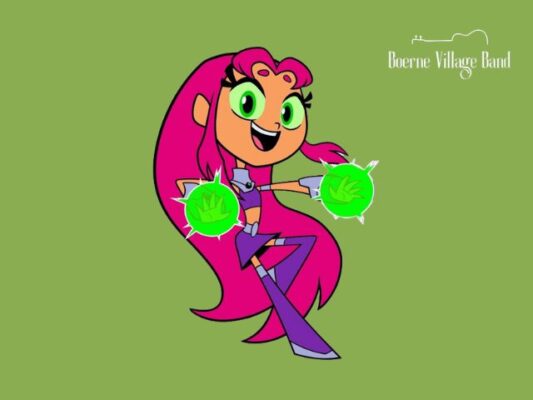
6. Emphasize Character Traits Through Accessories
Accessories play a crucial role in defining a character’s personality and mood. Consider what items or clothing your character uses or carries, and how these choices reflect their interests and traits. Accessories can range from detective tools to musical instruments, providing visual cues to the character’s identity.
How to Design Cartoon Characters
1. Maintain a List of Key Details
Keep a reference list of descriptions and features you want to include while drawing your character. This ensures consistency and helps you stay on track with your vision.

2. Sketch the Character’s Shape
Begin by sketching the character’s basic shape, considering their personality and physical attributes. Use light pencil strokes for a rough outline that allows for easy revisions.
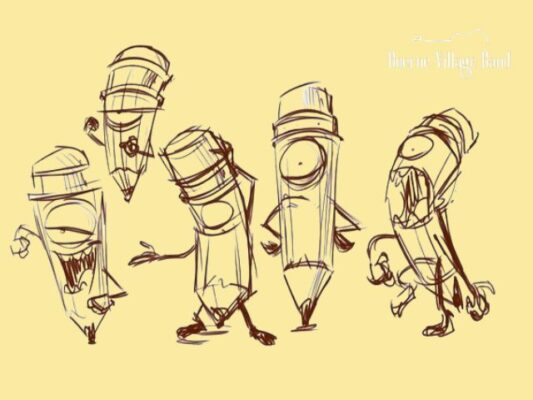
3. Add Detail to the Sketch
Gradually add key features and defining characteristics to flesh out the character’s appearance. Pay attention to details like clothing, accessories, and unique traits that enhance their personality.

4. Focus on Facial Features
The face is the most defining aspect of a cartoon character. Add facial features that convey the character’s mood and personality, ensuring they align with their traits and backstory.
5. Enhance Depth with Shading
Use shading techniques to add depth and dimension to your character, emphasizing contours and highlights. This adds visual interest and realism to your drawing.
6. Bring Your Character to Life with Color
Select colors that complement your character’s design and personality. Experiment with different mediums, such as watercolors or colored pencils, to add vibrancy and depth to your creation.
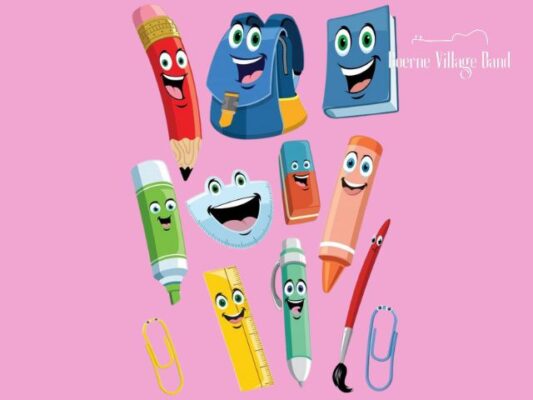
3 Key Tips for Design a Cartoon Characters
- Check out different styles of animation that you may not be as familiar with such as comic strips, Japanese anime, classic television cartoons, and any other styles you can find to look for ideas.
- Check out different styles of animation that you may not be as familiar with such as comic strips, Japanese anime, classic television cartoons, and any other styles you can find to look for ideas.
- Use design programs to add movement to your cartoon character to make them more dynamic.
Conclusion
In summary, design cartoon characters is a fascinating process that involves drawing inspiration from existing characters, defining key traits and interests, exaggerating features, incorporating distinctive details, utilizing colors effectively, and bringing the character to life through sketching and coloring. By following these steps, you can create unique and memorable characters that capture the imagination of your audience. So, unleash your creativity and enjoy the journey of designing cartoon characters!
Related Post
Cutting Cricut Images With Use Your Silhouette
Design 3D Printed Embossing Plates
3D Printed with SVG File Conversions

